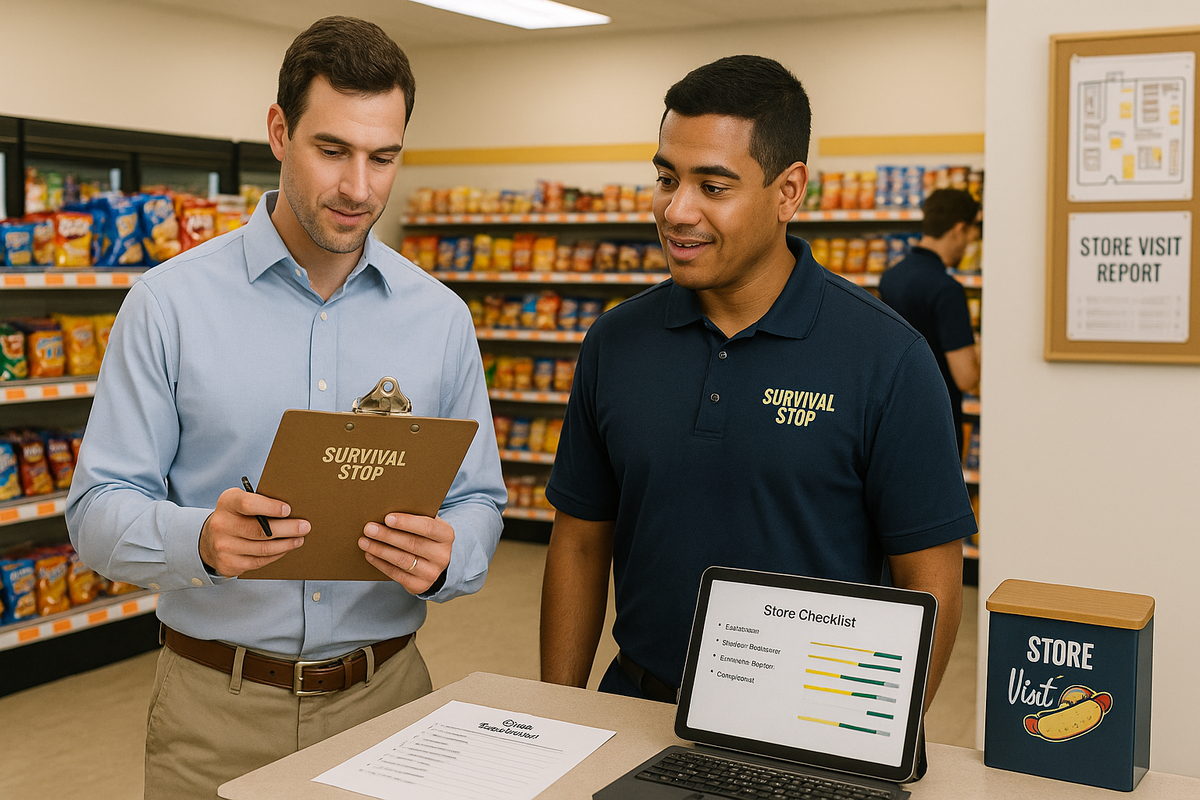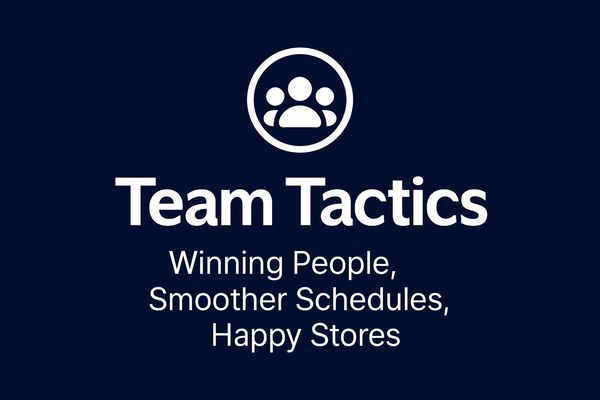How to Conduct Effective Store Visits as a District Manager
Effective store visits require structured approaches that balance accountability with support, creating visits managers anticipate rather than dread. Successful district managers use pre-visit preparation, systematic execution frameworks, and collaborative relationships.

Understanding how to conduct effective store visits as a district manager transforms routine inspections into powerful tools for operational improvement and team development. Successful district managers use structured approaches that balance accountability with support, creating visits that managers anticipate rather than dread.
Pre-Visit Preparation Strategy
Effective store visits begin before you enter the location. Review recent performance data, sales trends, and any outstanding issues from previous visits. District manager Rachel spends 15 minutes before each visit analyzing the store's key metrics, identifying specific areas requiring attention.
Schedule visits strategically to observe different operational periods. Morning visits reveal opening procedures and breakfast rush management, while afternoon visits showcase lunch operations and inventory management. District manager Carlos alternates visit times across his territory, ensuring comprehensive operational assessment.
Prepare specific objectives for each visit rather than conducting generic walkthroughs. Focus on 2-3 priority areas such as food safety compliance, customer service standards, or promotional execution to maintain meaningful discussions with store management.
Execution Framework for Maximum Impact
Opening Assessment (First 10 Minutes) Begin with a brief store manager check-in to understand current challenges and priorities. District manager Elena asks, "What's your biggest concern this week?" before starting her formal evaluation, creating collaborative rather than adversarial dynamics.
Walk the customer journey from parking lot to checkout, noting first impressions that impact customer experience. Observe cleanliness, product availability, and staff interactions during actual customer transactions.
Operational Deep Dive (20-30 Minutes) Systematically evaluate key operational areas including food safety protocols, inventory management, and cash handling procedures. District manager Marcus uses standardized checklists while remaining flexible enough to address location-specific issues.
Engage with team members beyond the store manager. Brief conversations with associates reveal training needs and morale issues that might not surface in management discussions.
Real-Time Coaching Opportunities Address minor issues immediately through on-the-spot coaching rather than saving everything for formal feedback sessions. District manager Patricia demonstrates proper procedures when she observes gaps, turning visits into learning opportunities.
Documentation and Follow-Up Protocol
Document observations using consistent formats that enable trend analysis across multiple visits and locations. Include specific examples and measurable metrics rather than vague assessments. District manager Steven photographs compliance issues and improvement examples, creating visual documentation that enhances communication.
Prioritize action items based on customer impact and regulatory requirements. Safety violations require immediate correction, while operational efficiency improvements can follow structured timelines.
Schedule follow-up discussions within 48 hours to review findings and establish improvement plans. District manager Andrea conducts brief phone calls to clarify expectations and confirm understanding of required changes.
Building Collaborative Relationships
Frame visits as partnership opportunities rather than oversight activities. District manager Kevin introduces visits by saying, "I'm here to help you succeed," establishing supportive rather than punitive contexts.
Recognize positive observations alongside improvement areas. Acknowledging effective practices motivates continued excellence while constructive feedback addresses development needs.
Measuring Visit Effectiveness
Track improvement metrics between visits to assess the impact of your feedback and coaching. Stores showing consistent progress indicate effective visit strategies, while persistent issues suggest the need for modified approaches.
Gather feedback from store managers about visit value and effectiveness. District manager Jessica quarterly surveys her managers about visit helpfulness, adjusting her approach based on their input.
Conclusion
Learning how to conduct effective store visits as a district manager requires balancing evaluation with development, ensuring each visit drives meaningful operational improvement. Through systematic preparation, structured execution, and consistent follow-up, district managers transform store visits into catalysts for sustained excellence across their territories.





